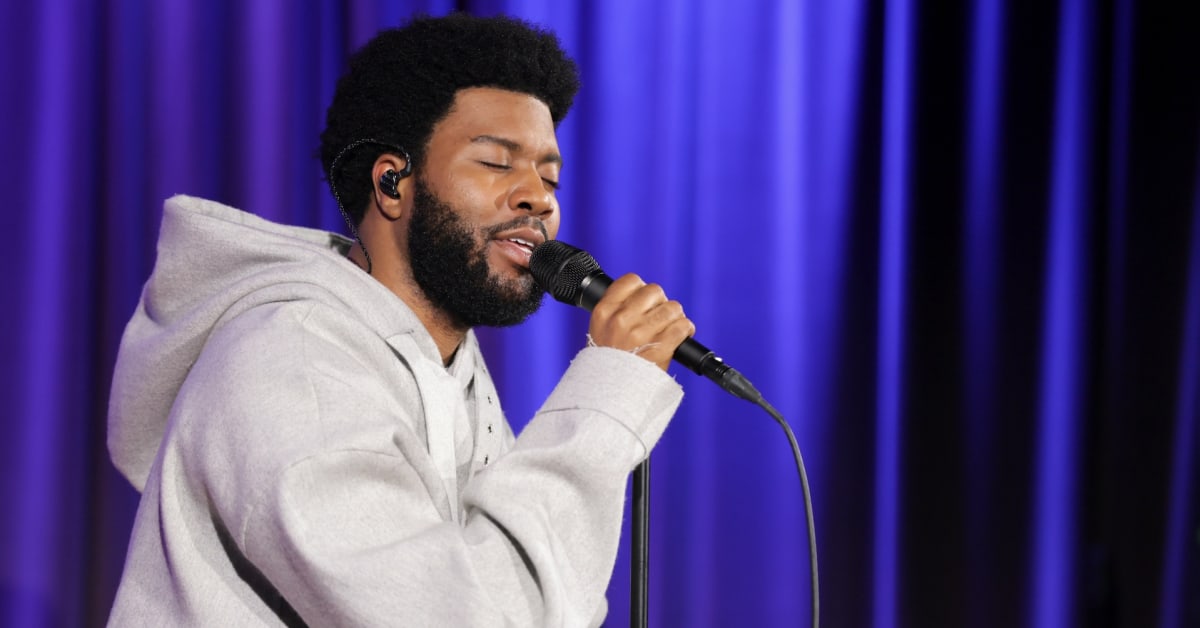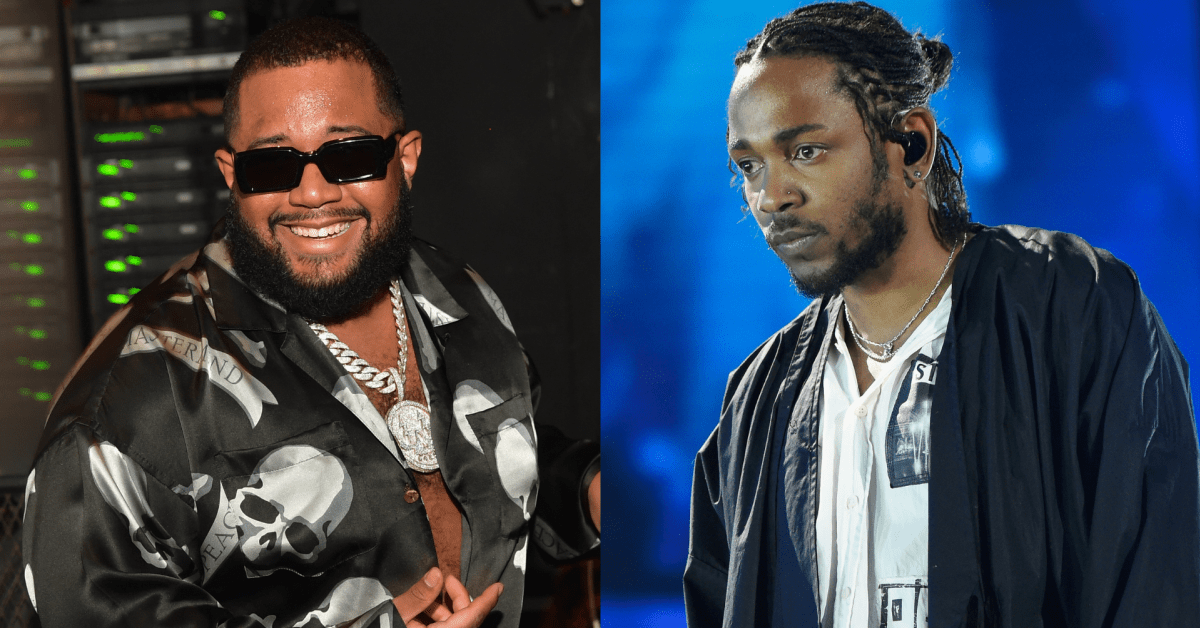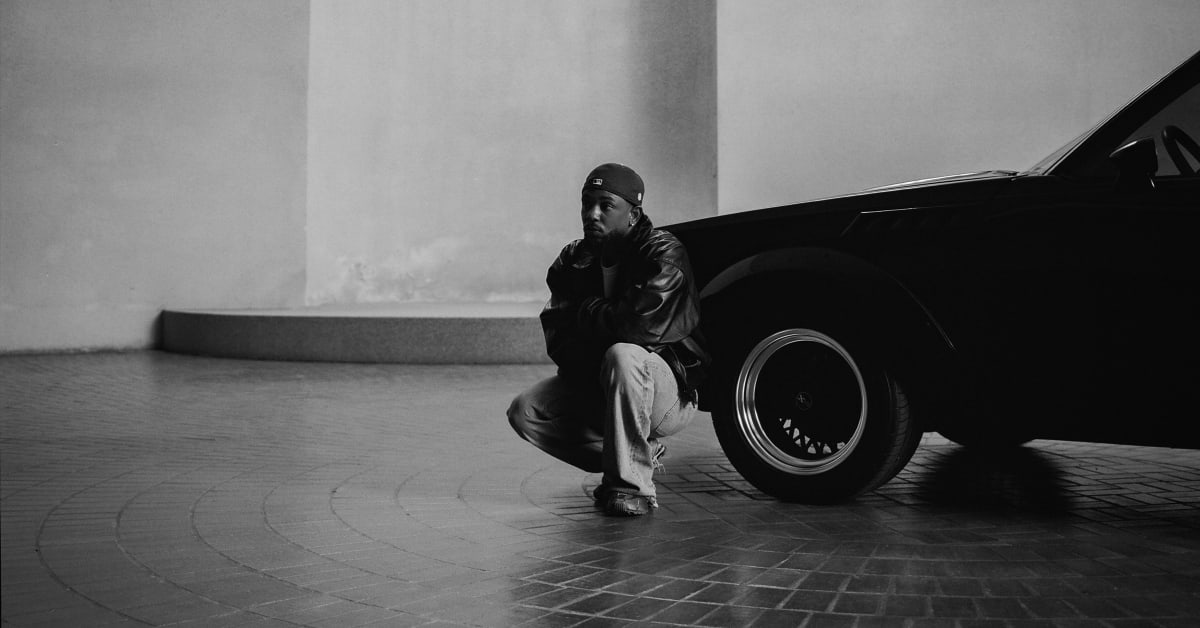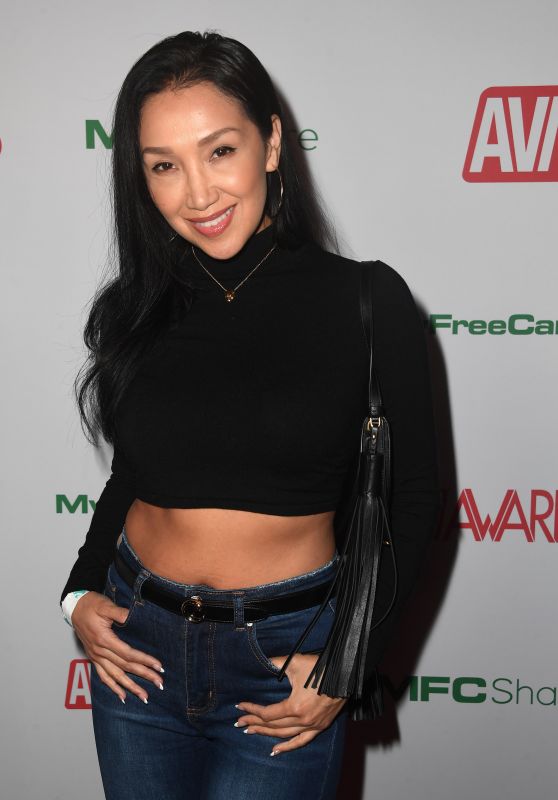Fall is the season of temperatures cooling, leaves changing color … and, apparently, jumbo-sized mugs of coffee at Luke’s Diner.
Based on several years of streaming data, fall is when a lot of people watch Gilmore Girls on Netflix. Though it’s not a specifically seasonal show, the WB/CW dramedy starring Lauren Graham and Alexis Bledel has gotten a significant boost in viewing every autumn since 2021, when Nielsen began issuing weekly top 10 lists of original and acquired streaming shows in the United States.
From 2021-23, Gilmore Girls was one of the top 10 library shows of the year in total viewing time, according to Nielsen’s year-end streaming roundups. In 2022 and ’23, the series made the top 10 streaming charts for a total of 65 of 104 weeks — and across both years, nearly half of the show’s chart appearances (31 in all) came between the start of September and the end of the calendar year.
Gilmore Girls wasn’t as big a presence in the top 10s of 2021, but still, seven of its 17 chart appearances came after Sept. 1. Similarly, the show has only made the top 10 rankings six times in 2024, but five of those have come between Sept. 2 and Oct. 6, the most recent date available at publication time.
The top 10 weeks in the later months of the year also average about 16 percent more watch time than those from January to August. From 2021-23, the show’s biggest single week fell in late September or October each year.
Netflix doesn't publicly share its own weekly viewing numbers outside the top 10, but the streamer's semiannual data dumps support a seasonal boost too. Combined viewing hours for all seven seasons of Gilmore Girls in the second half of 2023 was 46 percent higher than the first half of that year; the show then fell off by 26 percent from January to June of 2024. (Gilmore Girls: A Year in the Life, Netflix's four-episode follow-up to the main series, followed a similar pattern.)
No other streaming title — at least none that aren't related to a specific holiday (e.g., Christmas perennials like Home Alone and Elf) — gets that kind of regular seasonal bump. The years-long pattern can't just be the result of Netflix's recommendation engine. The question then is: Why? What makes Gilmore Girls such a fall-coded show?
For answers, I went to someone who would know better than anyone else — series creator Amy Sherman-Palladino. "I made it a rule that we had to coincide with pumpkin spice lattes," Sherman-Palladino jokes. "Whenever the pumpkin spice latte [came out], we had to be out there." [Editor's note: Starbucks introduced its pumpkin spice latte in 2003, three years into Gilmore Girls' run.]
"It's interesting about the fall, but I'm not totally surprised, because if people latched onto it because it was comfort food and it was comfortable, it makes sense that there's a moment in it that that is — not iconic, but it really fulfills that promise and what people are turning to it for," Sherman-Palladino tells The Hollywood Reporter in an interview from Paris, where she's about to wrap production on Étoile, her next series for Prime Video.
She also notes that soon after she sold Gilmore Girls, she and husband Dan Palladino took a trip to Connecticut in the fall. "We encountered that small-town feel, that feel of hayrides and pumpkin patches and hot apple cider. It almost felt ridiculous — the jaded woman that I am, I was like 'This is like central casting laid this out for us. People don't live like this.' But they do in some places, and that creatively fed me the rest of the show. Most of the show is about Lorelai [Graham] creating this world that she and her daughter [Bledel] can both grow up in together.
"It's the most drastic change, from summer to fall. It's temperature, but it's also visual, and it felt like this was the kind of place, if I was going to go through that journey, that's where I would set it. And when we shot the pilot, it was fall and it was cold and had that feeling, so it just sort of became our thing."
With its long streaming afterlife, Gilmore Girls is now likely finding second or third generation of viewers (as well as keeping those who knew the series in its network days. When I mentioned I was working on this story, several colleagues noted that they or their family members were in the midst of rewatching it). It's something Sherman-Palladino says she never would have foreseen.
"It's wonderful. I swear the show is bigger now than it was at any peak of when it was on the air, and it's just so strange to me," she says. "When we started this show, kids were not walking around with cell phones. There was no social media. I think they had pagers, like they were all drug dealers in The Wire. So kids [now] that are so into social media and being on their phones, it's always interesting to me that they can relate to a show that's such a foreign time to them, and yet there's something in it that they can connect to. I think that's amazing.
"You couldn't plan for that. This business is about luck and alchemy. The stars have to align — you've got to get the right idea at the right time, and the right actors and the right moment at the right network or studio. Everything has to align for a show to even survive past the pilot. This was just a charmed, wonderful accident — the best kind of accident."




















 English (US) ·
English (US) ·